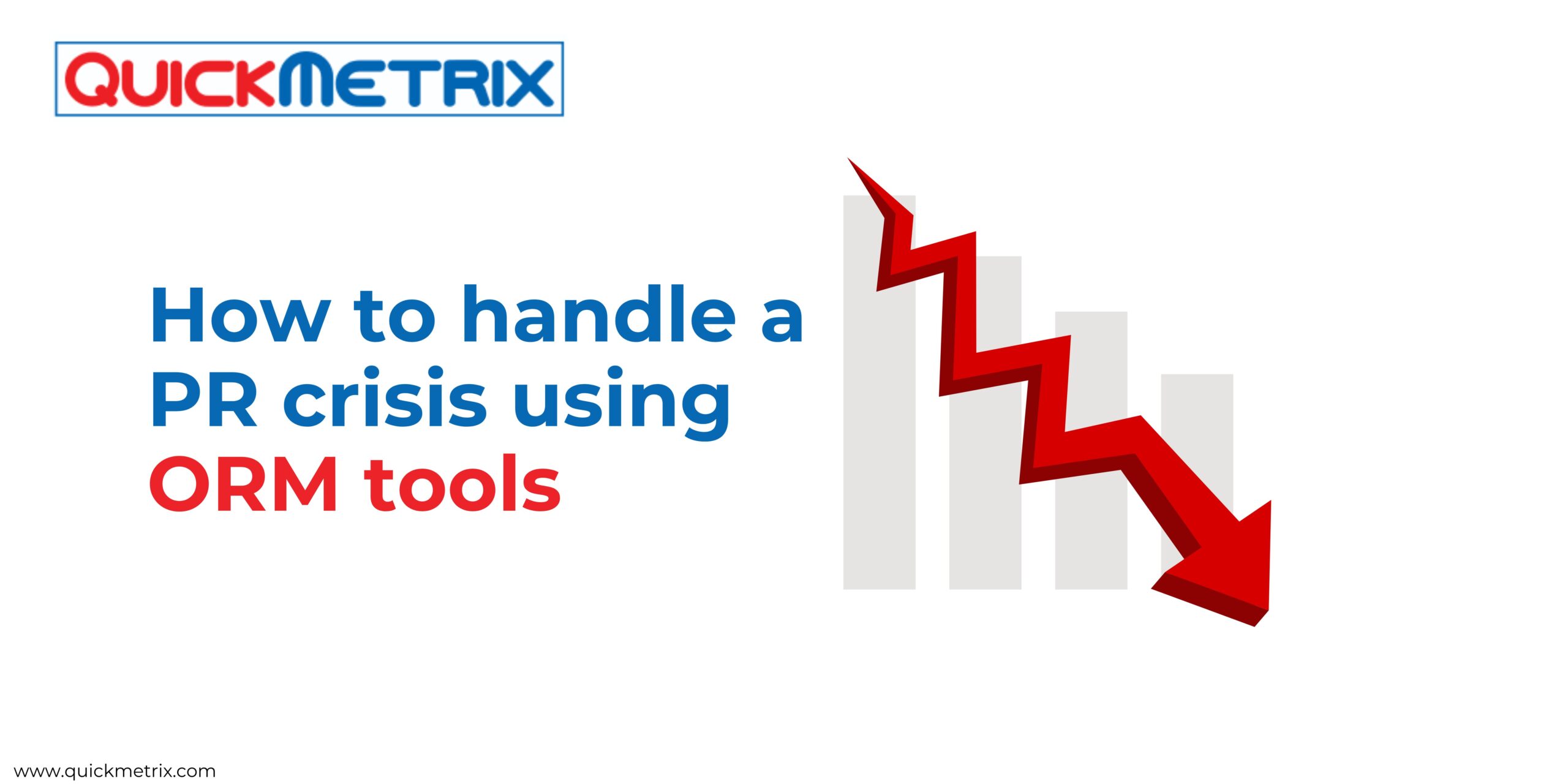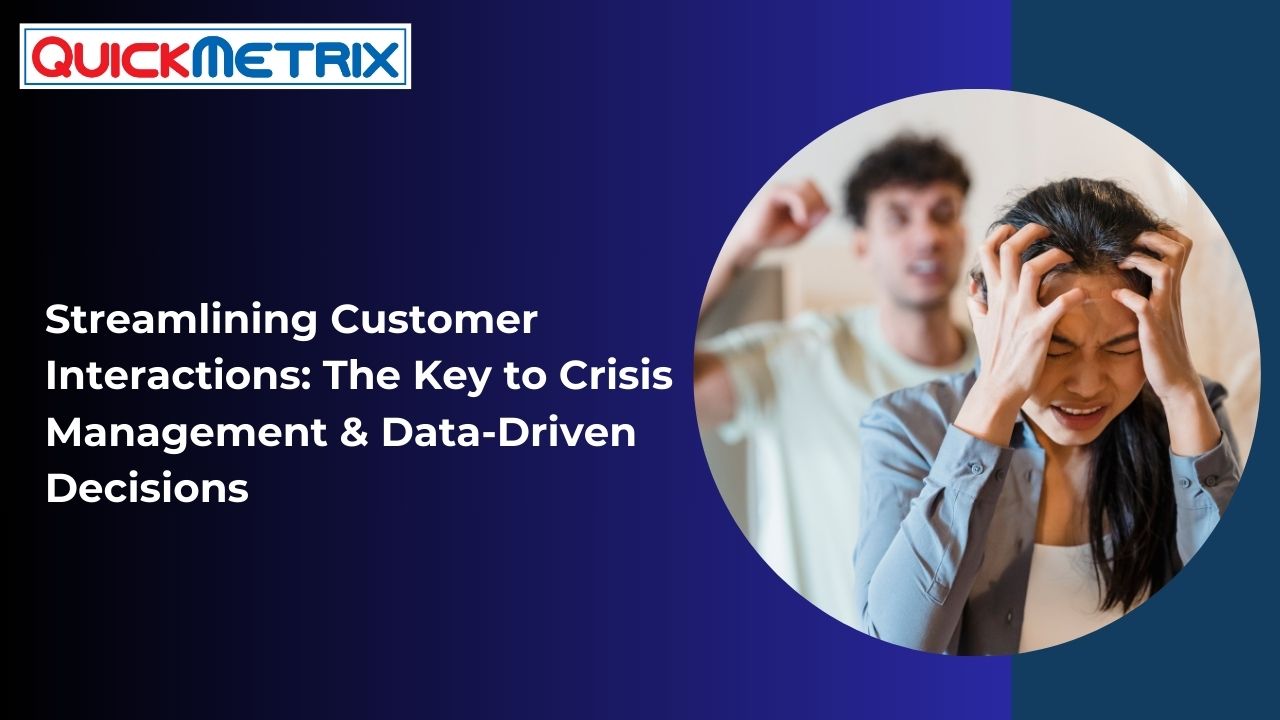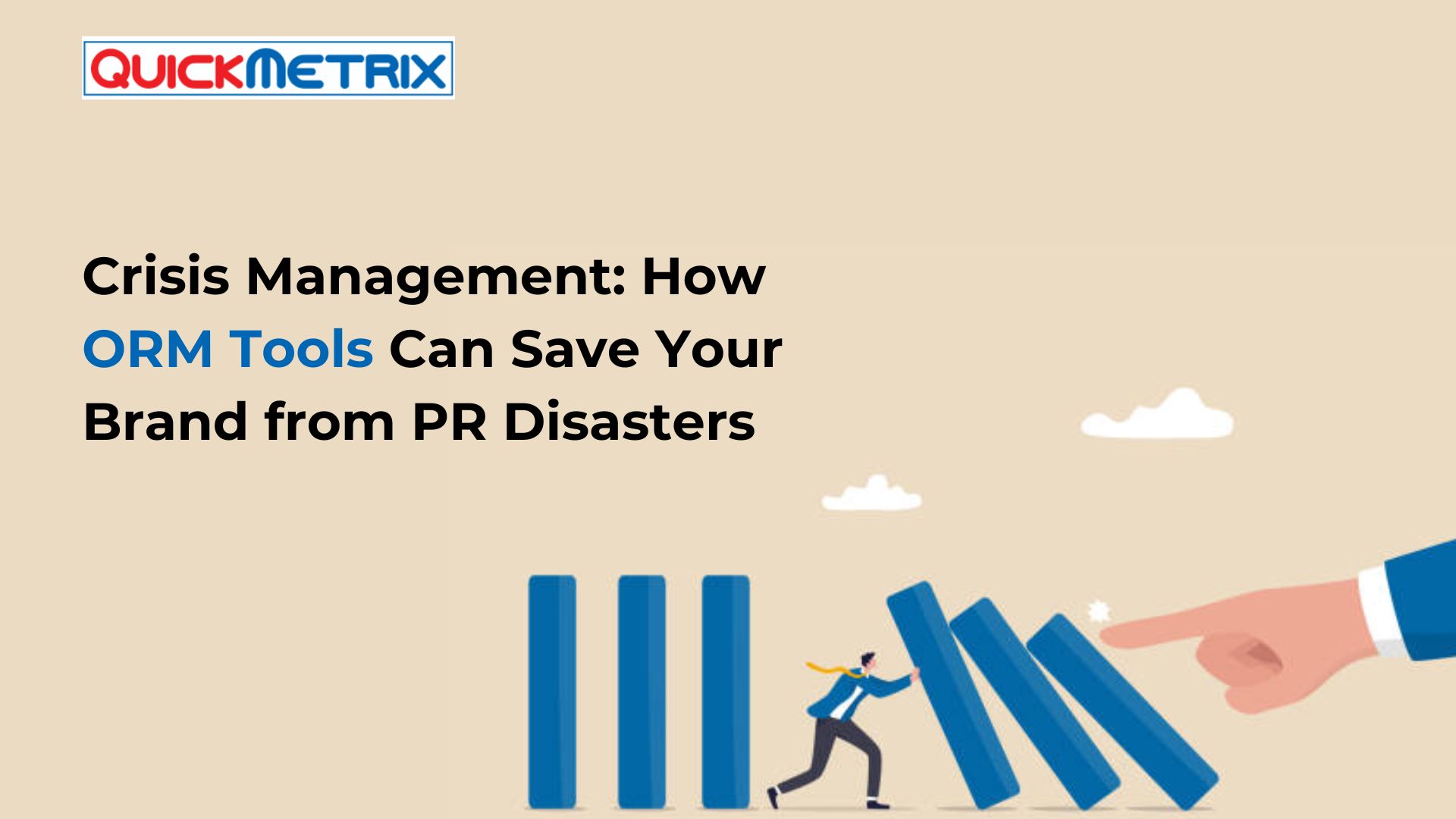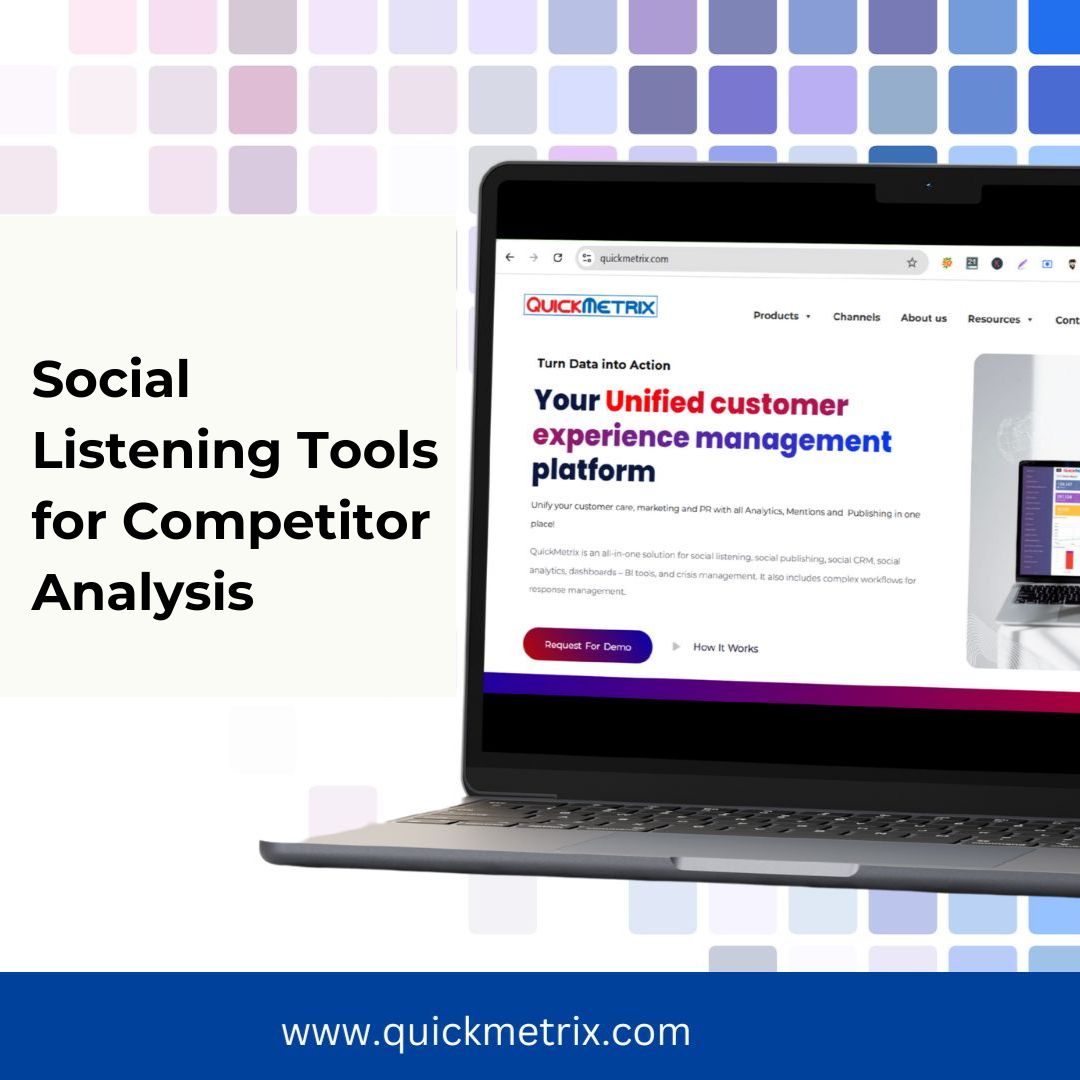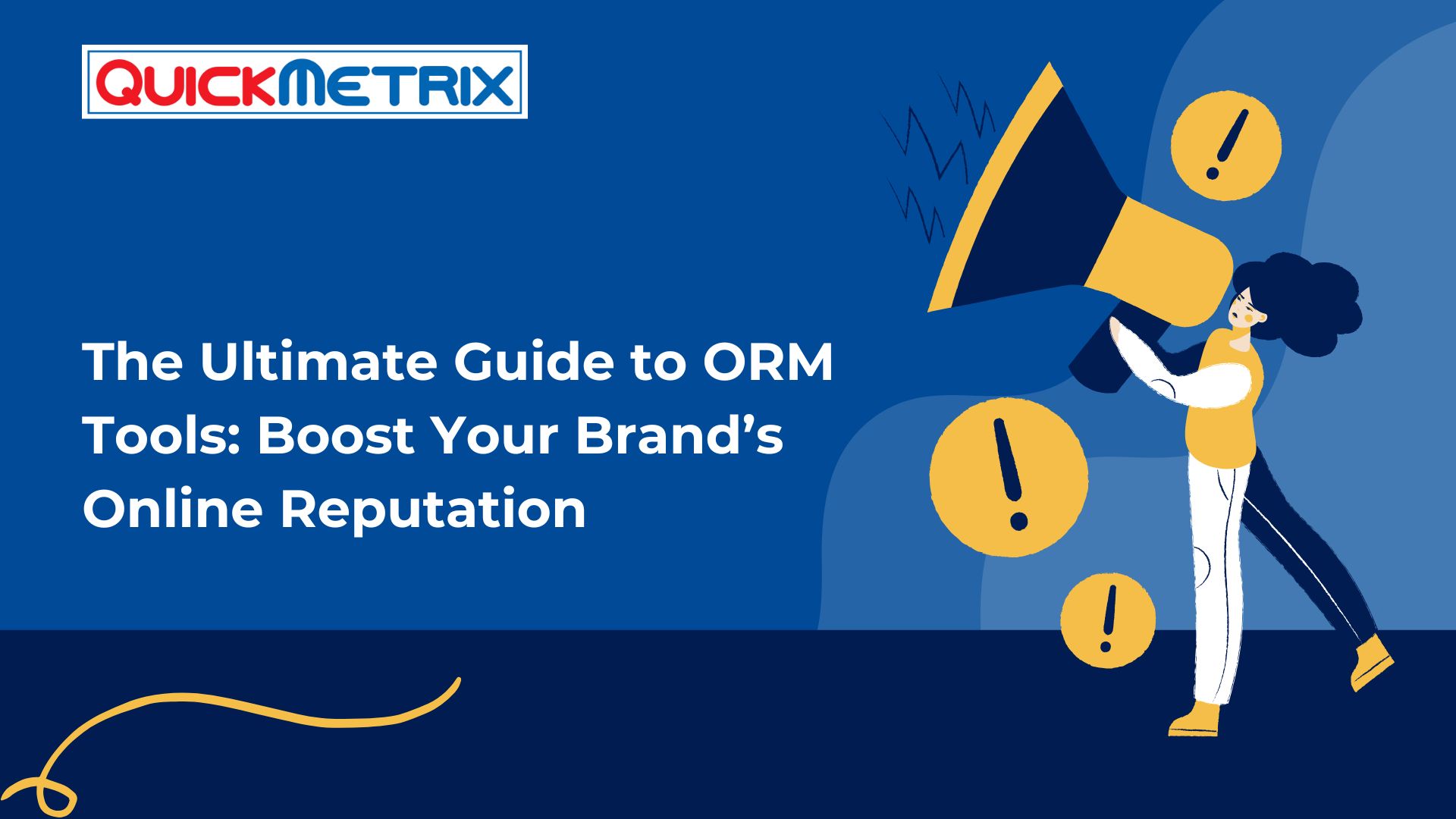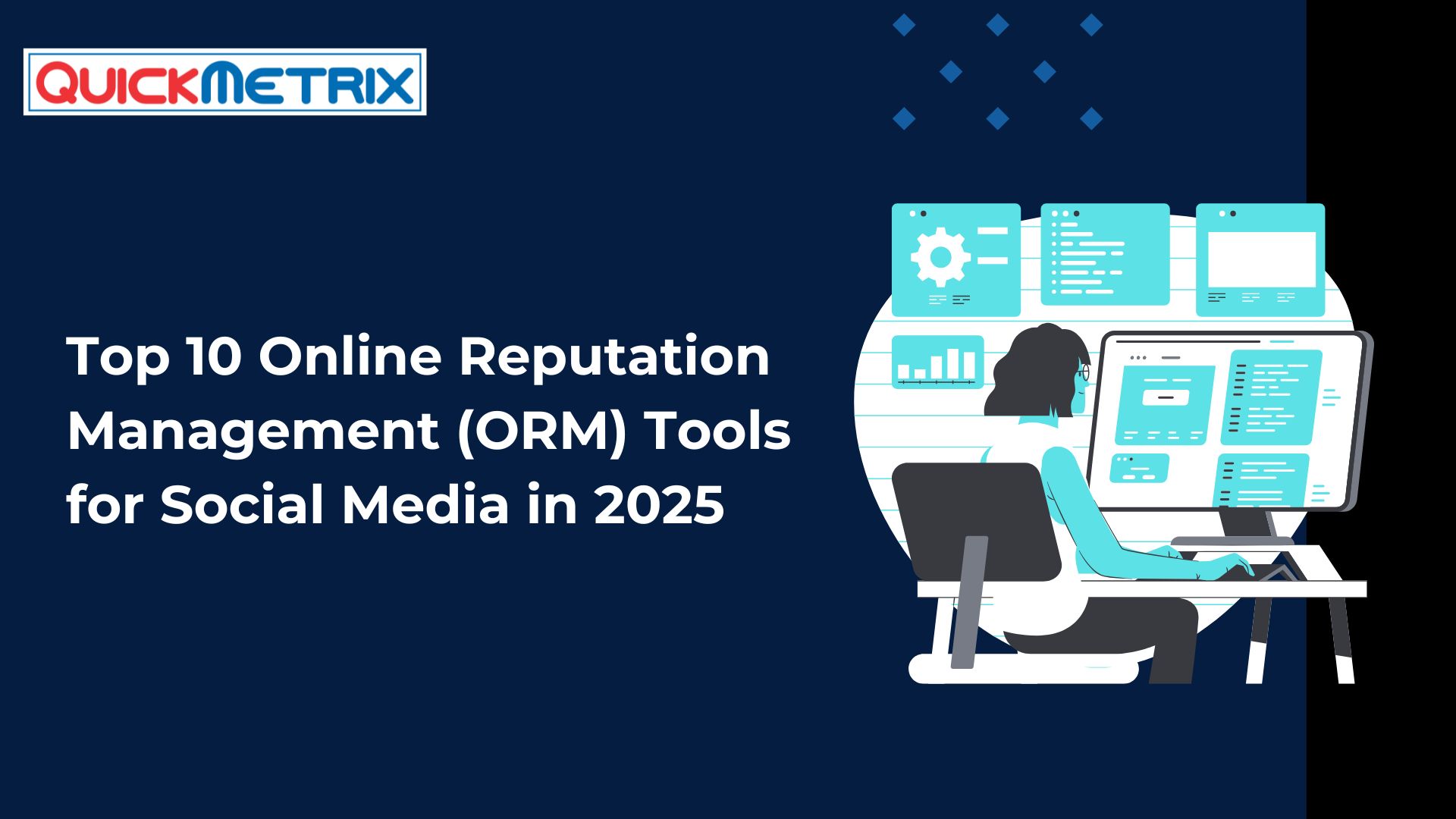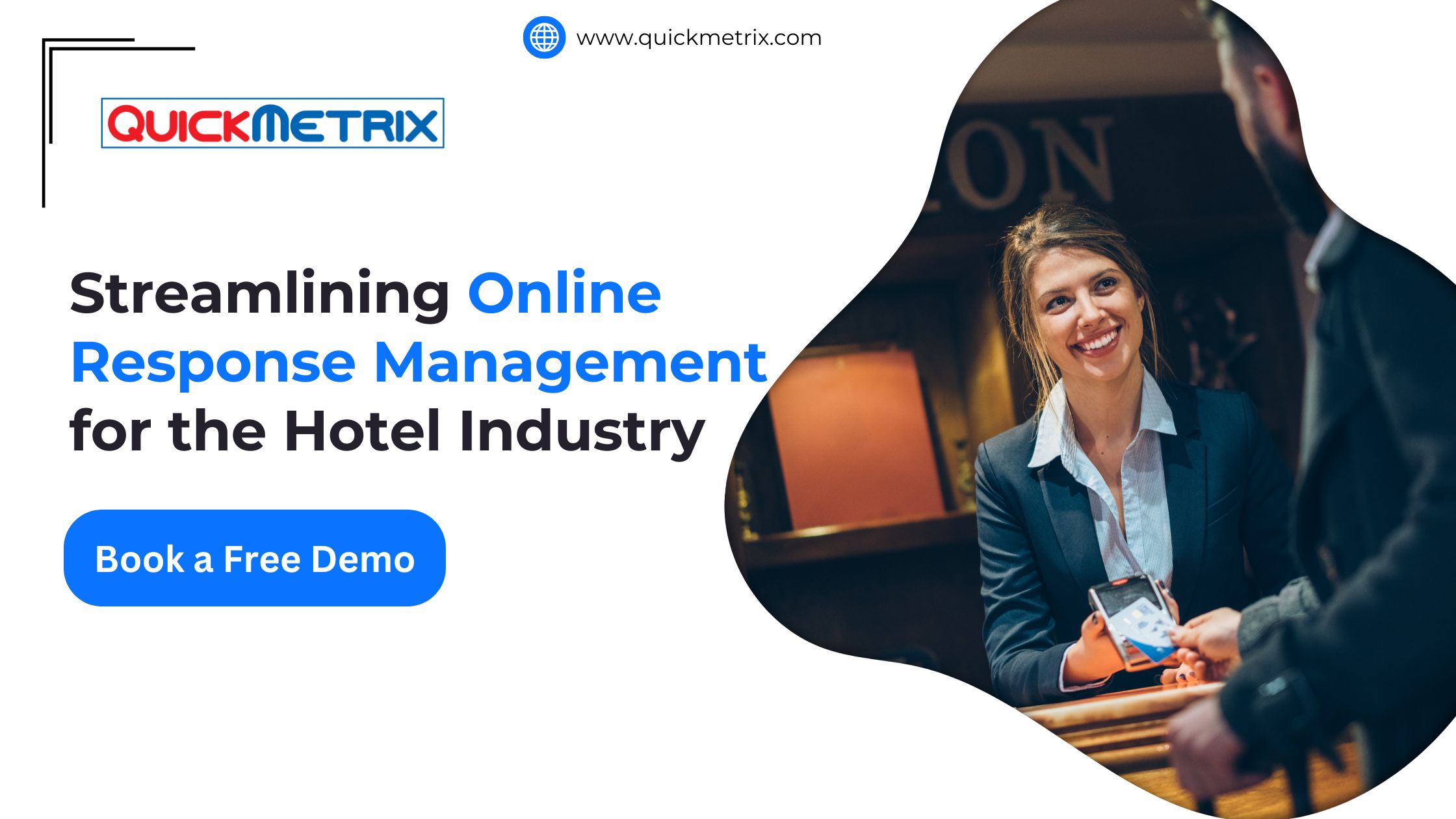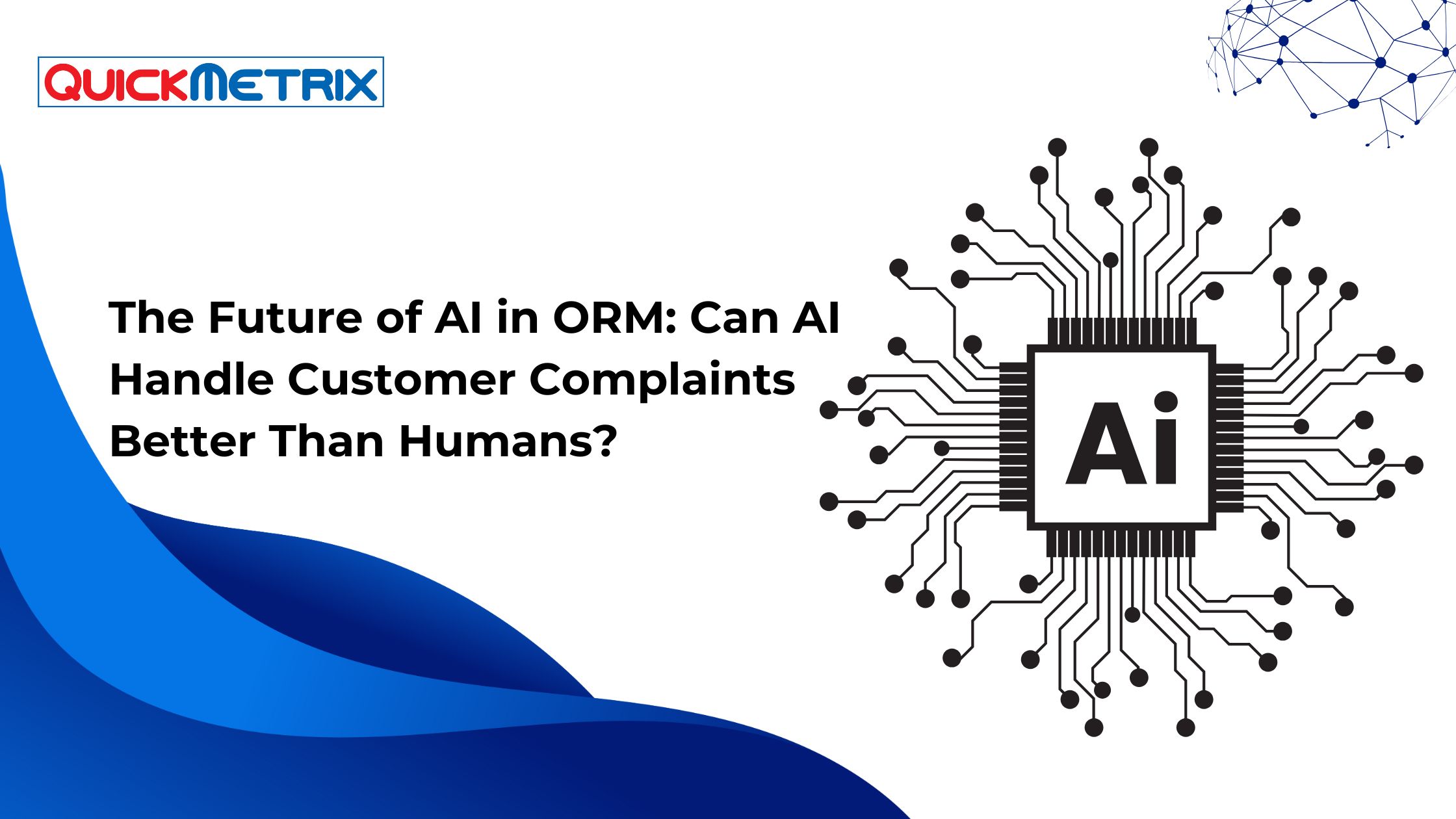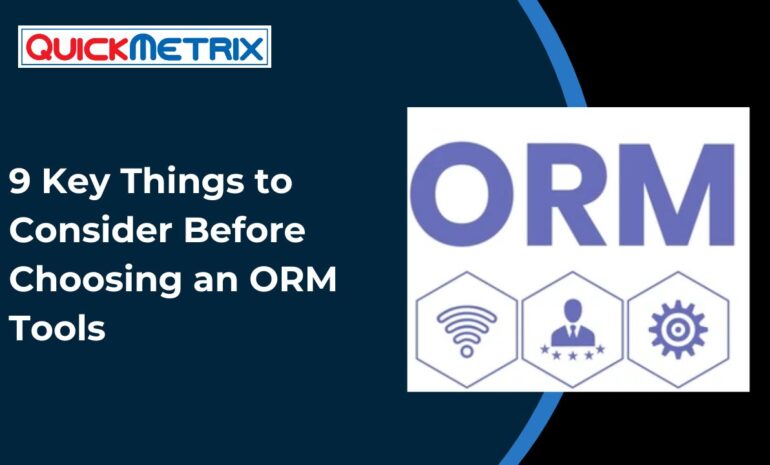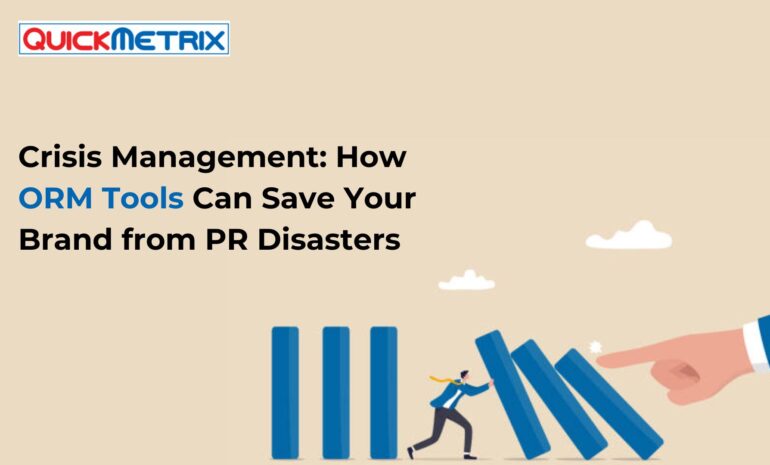Navigating PR Crises: A Practical Guide to Utilizing Online Response Management Tools (ORM Tools)
- Crises and ORM Tools
- Definition of a PR Crisis
In today’s digital landscape, a PR crisis can erupt from various unexpected sources, often catching organizations off guard. A PR crisis typically occurs when negative information about a brand surfaces, leading to a potential loss of trust and reputation among stakeholders. Common triggers for these crises include:
- Social Media Missteps: A poorly worded post or insensitive comment can spread like wildfire online.
- Product Failures: When a product or service fails to meet expectations, it draws public scrutiny and can lead to backlash.
- Controversial Decisions: Decisions that don’t sit right with the public or stakeholders can ignite backlash.
Timely responses in crisis management are crucial. The faster a company addresses the issue, the better chance it has to steer the narrative in a productive direction and prevent further damage.
- Introduction to Online Response Management (ORM) Tools
ORM tools are designed to help organizations monitor and manage their online presence. These tools work by tracking brand mentions, analysing sentiment, and facilitating communication during crises.
Key functionalities of ORM tools include:
- Monitoring: Keep tabs on what is being said about your brand across various online platforms.
- Reporting: Provide data insights, allowing brands to understand how they are perceived and where improvements are necessary.
- Engagement: Help organizations respond to inquiries and comments quickly, maintaining an open line of communication.
The role of ORM tools in shaping public perception cannot be overstated. They not only assist in managing crises but also facilitate ongoing reputation building through consistent, positive interactions.
- Importance of ORM in Crisis Situations
During a PR crisis, ORM tools can help mitigate damage by:
- Identifying Trends: Spotting negative sentiment early allows brands to take proactive measures.
- Facilitating Communication: Engaging with your audience in real-time can help alleviate concerns and show that you’re listening.
The relationship between proactive reputation management and crisis resolution is evident. Companies that invest in ORM before a crisis will find they are better prepared. For instance, during a major PR crisis, some companies have successfully utilized ORM tools to respond positively and effectively, thereby preserving their brand reputation.
- Preparing for a Potential PR Crisis
- Assessing Vulnerabilities
Preparing for a PR crisis involves identifying potential vulnerabilities within your organization. Conducting a thorough reputation audit can help you understand your exposure. A reputation audit includes:
- Methods: Regularly reviewing social media mentions, online reviews, and stakeholder feedback.
- Metrics: Tracking engagement rates, sentiment scores, and issue recurrence can help indicate areas of risk.
Additionally, stakeholder analysis is vital. Understanding how various stakeholders perceive your brand can help you tailor your crisis response strategy effectively.
- Establishing a Crisis Management Plan
A well-structured crisis management plan is essential for effective response. Here’s a step-by-step guide:
- Identify Potential Scenarios: Brainstorm potential crises specific to your industry.
- Define Response Protocols: Establish who will be in charge, who will communicate and how responses will be delivered.
- Leverage ORM Tools: Use ORM tools in the strategic planning stage to prepare for monitoring and response.
Essentially, a crisis management plan should include clear guidelines and processes that empower your team to act swiftly.
- Training and Roles in Crisis Response
Staff training is another crucial component in crisis preparedness:
- Crisis Communication Training: Equip your team with the skills to communicate effectively during a crisis.
- Assign Roles: Clearly define who is responsible for what, especially in times of uncertainty.
- Communication Flow: Establish a streamline of information for internal and external stakeholders, ensuring everyone is on the same page.
III. Utilizing ORM Tools During a Crisis
- Monitoring Online Sentiment
Active monitoring during a PR crisis allows organizations to stay ahead. Techniques for tracking online sentiment can include:
- QuickMetrix : QuickMetrix offers a powerful solution for active monitoring, enabling organizations to stay ahead and take control when it matters most. With our comprehensive online response management and social listening capabilities, QuickMetrix helps businesses detect and address potential PR issues before they spiral out of control.
- Brand Mentions: Use ORM tools to track mentions across social platforms and news outlets.
- Sentiment Analysis: Analyze gathered data to gauge public sentiment and identify key issues that need addressing.
- Alerts and Dashboards: Set up alerts for spikes in negative sentiment, so you can react promptly.
2. Responding to Negative Feedback
Addressing negative comments or reviews is crucial. Best practices include:
- Respond Quickly: Aim for timely responses that show you are actively engaged.
- Empathetic Communication: Address concerns with empathy and understanding, showing that you value customer feedback.
- Constructive Engagement: Create dialogues that encourage positive interactions even amid a crisis.
3. Controlling the Narrative
In a crisis, controlling the narrative can make all the difference. Strategies include:
- Shaping the Story: Take charge of how the crisis is communicated publicly.
- Content Creation: Use blog posts, press releases, or videos to share your side of the story.
- Post-Crisis Recovery and Reputation Restoration
- Evaluating Crisis Response Effectiveness
Once the crisis has passed, evaluating your response is critical. Consider methods like:
- Data Analysis: Look at data from ORM tools to see how effective your communication was and areas for improvement.
- Stakeholder Feedback: Gather insights from stakeholders and customers about their perceptions post-crisis.
- Implementing Long-Term Reputation Strategies
Rebuilding and maintaining a positive reputation require ongoing efforts. This includes:
- Continuous Engagement: Maintain communication with stakeholders, reinforcing positive messaging.
- Leveraging ORM Tools: Use these tools for ongoing reputation management and engagement.
- Transparency: Being open about your processes can help restore trust.
2. Continuous Monitoring and Improvement
Even after a crisis, vigilance is essential. Continuous monitoring allows for:
- Adaptable Strategies: Adjust your strategies based on ongoing feedback and sentiment.
- Cultural Change: Foster a culture of responsiveness within your organization.
- Case Studies of Successful ORM Crisis Management
- Real-World Examples of ORM in Action
Several notable companies have successfully navigated PR crises with ORM. Key takeaways from these cases include:
- Proactive Monitoring: Organizations that anticipated issues typically fared better.
- Effective Communication: Clear and timely responses often mitigated public sentiment.
- Tools and Techniques Used in Case Studies
Various ORM tools played pivotal roles in these success stories. Notable tools included:
- QuickMetrix : QuickMetrix is an all-in-one solution for social listening, social publishing, social CRM, social analytics, dashboards – BI tools, and crisis management. It also includes complex workflows for response management.
- Social Mention: For real-time tracking of brand mentions.
- Future Trends in ORM and Crisis Management
The landscape of ORM is constantly evolving. Emerging trends include:
- Artificial Intelligence: AI can enhance sentiment analysis and improve response strategies.
- Data Analytics: These will further aid in understanding public perception trends and crisis predictive measures.
Summary
Effective navigation of PR crises involves careful planning, proactive monitoring, and strategic engagement. Integrating ORM tools from the onset not only prepares you for potential crises but also aids in ongoing reputation management. Being prepared and responsive can turn a challenging situation into an opportunity for growth.
FAQs
What are some signs that my organization is experiencing a PR crisis?
Signs can include a sudden increase in negative mentions, customer complaints, or social media backlash.
How can small businesses effectively use ORM tools?
Small businesses can utilize affordable ORM tools to monitor online presence, engage with customers, and respond to reviews effectively.
What are the best ORM tools available in the market?
Some recommended tools include Brand24, Mention, and Sprout Social, each catering to different organizational needs.
How quickly should a company respond to negative online feedback?
Responding within 24 hours is ideal, but the sooner, the better. Quick action shows you care about customer concerns.
What long-term strategies can help prevent future PR crises?
Engaging continuously with stakeholders, monitoring sentiment, and proactively managing your online presence can significantly reduce the chances of future crises.
Top Social Listening Tools in 2025: Why QuickMetrix Deserves Your Attention
In the world of digital marketing, conversations are currency. ...
Read More9-key-things-to-consider-before-choosing-an-best-orm-tool (Online response management tools)
IntroductionIn today's hyper-connected world, a single unresolved tweet or ...
Read MoreStreamlining Customer Interactions: The Key to Crisis Management and Data-Driven Decisions
Streamlining Customer Interactions: The Key to Crisis Management and ...
Read MoreCrisis Management: How ORM Tools Can Save Your Brand from PR Disasters
Understanding Crisis Management in the Digital AgeDefinition and Importance ...
Read MoreSocial Listening for Financial Services: How Banks & FinTechs Stay Ahead
Introduction to Social Listening in Financial Services Definition ...
Read MoreThe Journey of QuickMetrix: Insights from Surendra Baliga on Building a Successful SaaS Business
The entrepreneurial journey is often filled with challenges, learning ...
Read MoreMastering the Market: How to Use Social Listening Tools for Real-Time Competitor Analysis
1. Introduction to Social Listening Tools1.1 What is Social ...
Read MoreHow to Get the Most Out of Social Listening Tools and Why Businesses Invest in Them
How to Get the Most Out of Social Listening ...
Read MoreUnderstanding ORM Tools: A Comprehensive Guide to Managing Your Brand’s Online Reputation
In today's digital landscape, a brand's online reputation is ...
Read MoreThe Ultimate Guide to ORM Tools: Boost Your Brand’s Online Reputation
The Ultimate Guide to ORM Tools: Boost Your Brand’s ...
Read MoreTop 10 Online Reputation Management (ORM) Tools for Social Media in 2025
Top 10 Online Reputation Management (ORM) Tools for Social ...
Read MoreListening to the Noise: How to Monitor Conversations That Matter to Your Brand
Understanding the Importance of Monitoring Brand Conversations 1.1 The Role ...
Read MoreStreamlining Online Response Management for the Hotel Industry
1. Understanding Response ManagementOnline response management to how hotels ...
Read MoreThe Future of AI in ORM: Can AI Handle Customer Complaints Better Than Humans?
I. Introduction to Online Response Management (ORM)/ Online reputation ...
Read More